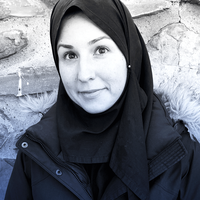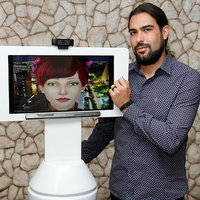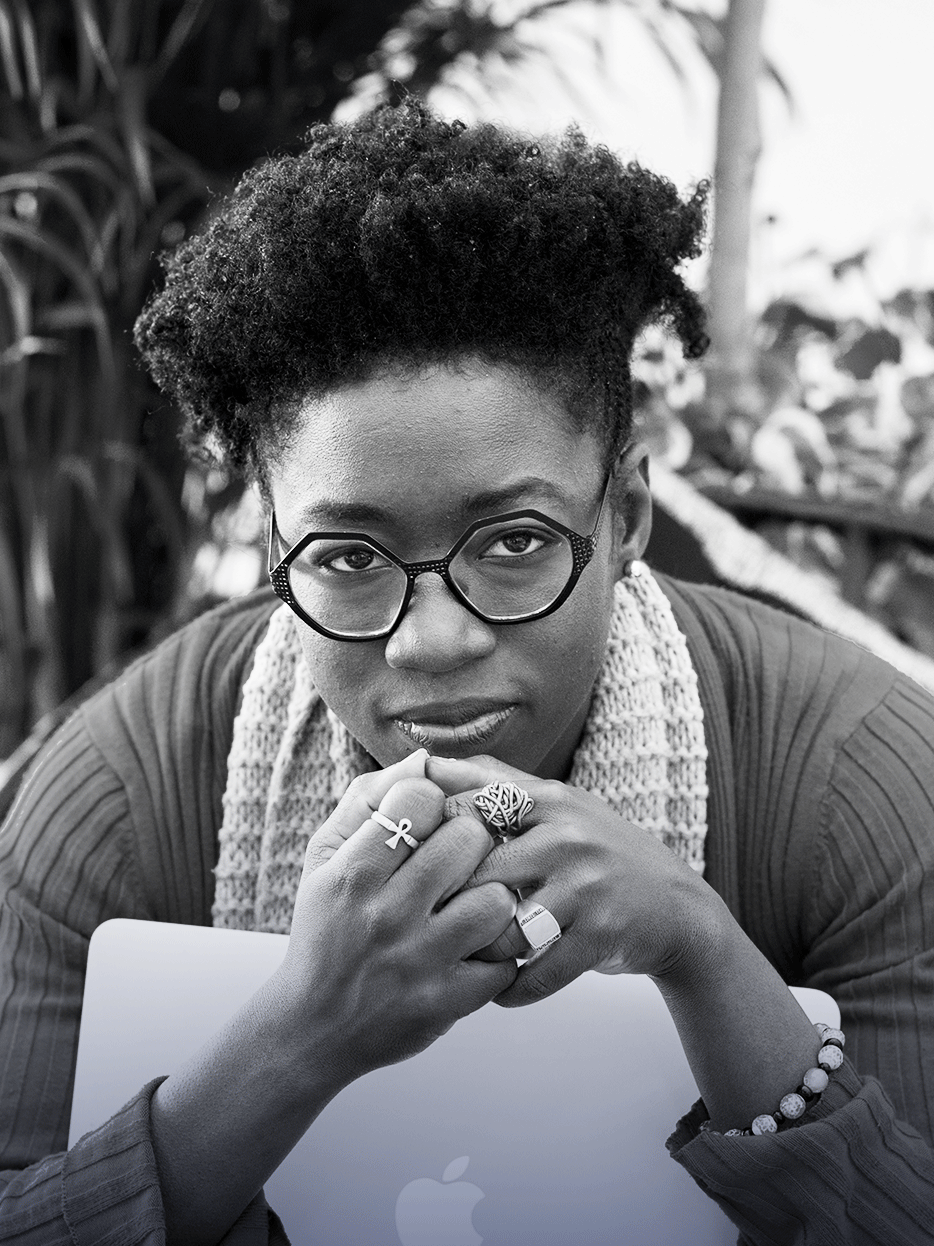Artificial intelligence & robotics
Joy Buolamwini
When AI misclassified her face, she started a movement for accountability.

Global
Marzyeh Ghassemi
Using AI to make sense of messy hospital data.

Latin America
Antonio Henrique Dianin
His telepresence robot inspired by “The Big Bang Theory” helps health personnel to assist their patients

China
Rui Yao
Fusing the "eye of heaven"

Global
Chelsea Finn
Her robots act like toddlers—watching adults, copying them in order to learn.
